“Our affinity for language makes us human. We are never better than when we use words clearly, eloquently, and civilly.” David W. Orr
Easily Confused Words – Part 2
Among, Between: The traditional rule requires between to be used only for sentences involving two items and among for sentences involving more than two, as in the following:
He sat between his new bride and his mother-in-law.
The bridal bouquet landed on the floor among all the single girls.
However, Jan Vanolia, in Write Right, suggests that if followed too stringently it could lead to the absurdity of “She traveled among Santa Fe, Taos, and Albuquerque.” She suggests using between when individual relationships are emphasized and the number is unspecified (he appeared between acts) and use among with unspecified numbers if individual relationships are not emphasized (discontent among the employees.) (p. 129).
I, Me, Myself: I is in the subjective case and should be used when it is the subject of the sentence. Me is in the objective case and should be used when it is the object of the action or thought conveyed by the verb or the object of a preposition.
My sister and I went shopping at Target with our mother. (subject)
Mom was looking for Easter dresses and shoes for my sister and me. (object of preposition “for”)
Myself is used for emphasis (“I, myself, will accomplish that task.”) Or as a reflexive (I hurt myself falling down the steps.) Never use myself as a substitute for I or me.
Wrong: The money was given to my partner and myself.
Right: The money was given to my partner and me.
Loose, Lose: Loose is an adjective meaning unrestrained or not fastened. Lose is a verb that is the opposite of win and find. I think most people know the difference between these words in speech, but they often use the incorrect spelling in their writing.
If I don’t sew up the hole in my pocket, I will lose all of my loose change.
Principal, Principle: Principal can be an adjective or a noun. As an adjective, it refers to one who is first or foremost in importance, rank or worth, as the principal dancer in the ballet or the principal character in a film. As a noun, it’s the person who holds a high position, especially the head of an elementary or high school; the main participants in a business deal; an actor in a starring role; or a sum of money owed as a debt.
One of the principal characters in Gone with the Wind is Scarlett O’Hara. (adjective)
The students who were involved in the prank had to speak to the principal.. (noun)
Principle is a noun that refers to a basic truth or statement, especially a system of beliefs or ideals. (The Senator swore to uphold the principles of democracy.) It may also refer to a rule or standard, especially of good behavior. (The Eagle Scout was a young man of principle.) Or it could be a statement describing the functioning of natural phenomena or mechanical processes, such as the Heisenberg Uncertainty Principle, which says “it is impossible to measure both the speed and position of an object at the same time.”
There, There’s, Their, They’re: These four words are frequently misused or misspelled on signs, online in posts or in texts. There can be an adverb (in or at that place—over there) or an adjective when used for emphasis (those men there can tell you). Their is a possessive adjective (their furniture). They’re is a contraction of they + are (they’re going home).
There’s is a contraction of there + is and is often misused with plural nouns:
Wrong: There’s three reasons.
Right: There are three reasons
To, Too, Two: These three words are also often misused in writing, both in articles or in online content.
To is a preposition indicating action toward a person, place, or thing (drove to the city). It can also be an adverb used as a function word indicating direction toward (feathers wrong end to) or (run to and fro).
Too is an adverb meaning also (take the flowers too) or excessive (the house was too big for us). It can also mean very, as in I don’t think she was too interested in the play.
Two is an adjective meaning one more than one in number. She had two cookies and a piece of candy.

A patron, seeing the sign on the left, asked them to fix the typo. The new version is on the right. I would like to see a period after “cook” and an exclamation mark at the end of the text, but that’s probably asking too much!

More confusing and misused words will appear in “Easily Confused Words-Part Three.”
Resources
Editors of the American Heritage Dictionaries. 100 Words Almost Everyone Confuses and Misuses. Boston: Houghton Mifflin Harcourt Publishing Company, 2016.
Venolia, Jan. Write Right! A Desktop Digest of Punctuation, Grammar, and Style. 4th Edition. Berkley: Ten Speed Press, 2001.
Karen Schuster, May 26, 2020
#spelling, #editing, #Eagle-Eye-Editing, #confusingwords, #usage, #grammar, #wordusage

